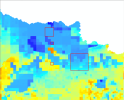Hi,
Recently, I ran a I2000BgcCropGs case using a 1km grid, and set 20 years spin-up to avoid the blocky effect caused by initial data (reference to Bill Sacks at Spin-up shut-down problem and low resolution of TOTECOSYSC,NEE, GPP results).
However, I still observed blocky in the output results. Initially, I attributed these blocky to low-resolution atmospheric forcing data, or short spin-up time, after extending the spin-up period to 25 years, I found that it did not significantly improve the presence of blocky, only some small spatial distribution characteristics change.
20 years spin-up 25 years spin-up
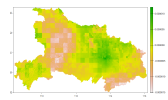
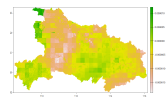

Consequently, I concluded that these blocky are inherent in surfdata. Through comparing with some raw data for generating surfdata, it became evident that certain variables shared similar spatial scales with the observed blocky. Here are some examples with some variables in surfdata.
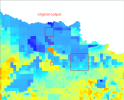
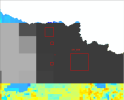
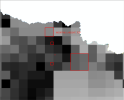
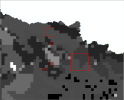
Therefore, my query is whether it is only to replace raw data used for generating surfdata, in order to eliminate this blocky effect.
Appreciate any suggestions.
Recently, I ran a I2000BgcCropGs case using a 1km grid, and set 20 years spin-up to avoid the blocky effect caused by initial data (reference to Bill Sacks at Spin-up shut-down problem and low resolution of TOTECOSYSC,NEE, GPP results).
However, I still observed blocky in the output results. Initially, I attributed these blocky to low-resolution atmospheric forcing data, or short spin-up time, after extending the spin-up period to 25 years, I found that it did not significantly improve the presence of blocky, only some small spatial distribution characteristics change.
20 years spin-up 25 years spin-up



Consequently, I concluded that these blocky are inherent in surfdata. Through comparing with some raw data for generating surfdata, it became evident that certain variables shared similar spatial scales with the observed blocky. Here are some examples with some variables in surfdata.




Therefore, my query is whether it is only to replace raw data used for generating surfdata, in order to eliminate this blocky effect.
Appreciate any suggestions.

